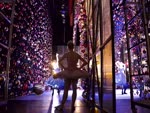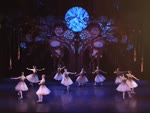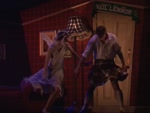HIROSHIMA AFTER FUKUSHIMA
Full length video
Please read Understanding catalogue records for help interpreting this information and Using footage for more information about accessing this film.
Title: HIROSHIMA AFTER FUKUSHIMA
Reference number: 13702
Date: 2018
Director: d. Yushin Toda
Production company: japan desk scotland
Sound: sound
Original format: unknown
Colour: col
Fiction: non-fiction
Running time: 22.03 mins
Description: Documentary about the legacy and impact of the dropping of the atomic bomb on Hiroshima and its relationship with the Fukushima nuclear accident in 2011.
Credits:
p. Fumi Nakabachi and Yushin Toda, japan desk scotland
comm. w. Yushin Toda
ph. Fumi Nakabachi
ed. Yushin Toda
m. Marius Pirhonen
Shotlist:
Filmmaker's synopsis:
“I saw everything in Hiroshima.” “You saw nothing in Hiroshima.” - This dialogue is repeated in ‘Hiroshima Mon Amour,’ a 1959 film by Alain Resnais. What do you see in Hiroshima, particularly after the Fukushima nuclear accident of March 2011?
A visit was made to Hiroshima in the summer of 2013. After visiting the Hiroshima Peace Memorial Museum and walking around the Hiroshima Peace Memorial Park, the pledge placed at the Cenotaph is pondered: “Let all the souls rest in peace, for we shall not repeat the evil.” Who are ‘we’ who ‘shall not repeat the evil?’ What is ‘the evil’? Whose ‘evil’? Hiroshima City Council states that the pledge was made ‘on behalf of all humanity,’ but are people in japan entitled to do so? In the Park, there is Monument in memory of the Korean Victims of the A-bomb. It reads: “The Korean victims were given no funerals or memorial services and their spirits hovered for years unable to pass on to heaven.”
japan’s nuclear power generation followed ‘Atom for Peace’ policy of the United States. Hiroshima survivors had supported the policy for decades, but after the Fukushima accident some survivors voiced their views against nuclear power generation. An interview was carried out with two anonymous Hiroshima citizens: “What do you think about Fukushima in relation to Hiroshima?”
Interviewees:
Two anonymous Hiroshima citizens






